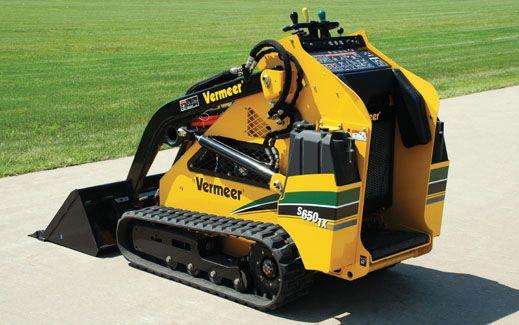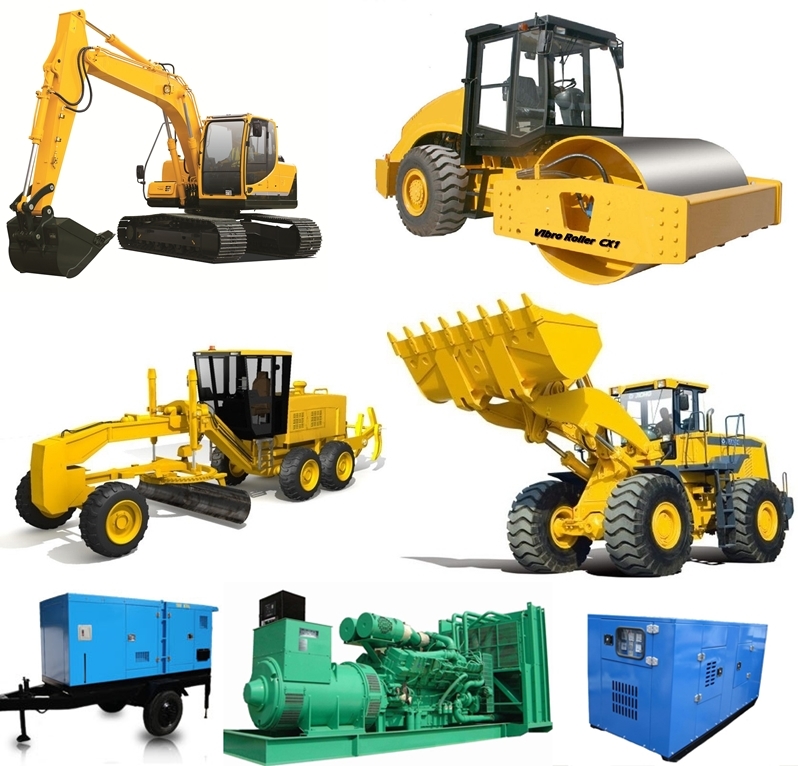Maximize Your Spending Plan by Recognizing the Costs Associated With Building And Construction Equipment Services
Comprehending the complete scope of expenses associated with building tools services is important for optimizing your spending plan. What methods can be used to properly manage these costs and guarantee an extra efficient rental experience?
Review of Rental Expenses
When taking into consideration construction tools leasings, recognizing the connected prices is critical for reliable budgeting and task planning. Rental expenses can differ considerably based upon several aspects, including devices kind, duration of leasing, and place. The initial rental fee commonly mirrors the equipment's market need and its associated functional capabilities, influencing the total expense.
In addition to the base rental price, supplementary prices might occur, such as transport costs, fuel surcharges, and maintenance fees. It is important to represent these additional costs to properly assess the total expense of renting out equipment. The rental period can affect prices; longer leasings might certify for affordable prices, while temporary services could incur greater day-to-day costs.

Breakdown of Rental Rates
A thorough understanding of rental rates is essential for contractors and task supervisors intending to enhance their budget plans. Rental rates for construction tools commonly are composed of a number of components, including base prices, time-based costs, and usage fees.
Base prices are the core costs connected with the service of the devices, frequently determined by the kind and size of the machinery. These prices can vary considerably, affected by aspects such as equipment need, accessibility, and regional market patterns. Time-based charges, which might be daily, weekly, or monthly, serve to accommodate various job timelines and rental durations.
In addition, rental rates might include use charges, which are appropriate when tools is used beyond a defined threshold, making certain that the rental firm can represent damage. Seasonal demand variations can likewise affect rental rates, with peak building and construction seasons typically regulating greater prices.
Additionally, understanding the rental business's plans concerning upkeep and insurance can offer more insight into the general cost structure. By analyzing these elements, contractors can make educated choices, ensuring the option of rental devices straightens with both project demands and budget plan restraints.
Added Fees to Consider
Comprehending the ins and outs of extra charges is essential for professionals to manage their general leasing costs efficiently. Beyond the conventional rental rates, different supplemental fees can substantially affect the total expense of devices leasing. These fees blog here frequently consist of distribution and pick-up costs, which can differ based on distance and logistics associated with carrying the devices to and from the job website.
Additionally, some rental companies might impose fuel additional charges if the tools is returned with less fuel than when rented out. It is additionally necessary to recognize possible cleaning costs, specifically for specialized equipment that calls for thorough upkeep after use.

Extensively examining the rental arrangement and clearing up these added charges upfront can assist professionals make sure and avoid unanticipated costs that spending plans continue to be intact throughout the task lifecycle.
Maintenance and Fixing Expenses
Routine repair and maintenance expenditures are often ignored variables that can substantially affect the total expense of building and construction devices services. When renting out equipment, it is vital to think about not only the rental fees however additionally the potential expenses connected with keeping the equipment in optimum operating condition.
Numerous rental companies include fundamental upkeep as component of the rental agreement; nevertheless, a lot more unexpected break downs or comprehensive repair services can bring about added expenses. It's necessary to assess the rental agreement carefully to understand what maintenance services are covered and what obligations fall on the tenant.
Moreover, devices that is not well-kept can lead to inefficiencies at work site, possibly enhancing and triggering delays project costs. To mitigate these risks, it is a good idea to perform routine assessments and preserve open communication with click to read more the rental company relating to any issues that arise throughout usage.
Insurance Coverage and Responsibility Prices
Insurance policy and responsibility prices are vital components that can dramatically affect the general expenditure of building devices rentals (equipment rental company). These expenses make sure that both the rental business and the client are shielded from potential financial losses emerging from mishaps, damage, or burglary during the rental period

Additionally, customers should know any deductibles or exemptions in the insurance coverage policy, as these can impact potential out-of-pocket expenses. Recognizing the terms of any type of insurance policy coverage is crucial to stay clear of unexpected expenses. Inevitably, budgeting for insurance and obligation expenditures can help guarantee a smoother rental experience and secure against monetary risks related to construction jobs.
Conclusion
In final thought, an extensive understanding of the costs associated with building and construction devices leasings is necessary for efficient budget monitoring. Inevitably, notified decision-making regarding tools services contributes to the overall success of building and construction ventures.
Rental costs can differ considerably based on a number of elements, consisting of tools type, period of leasing, and location (forklift rental). The rental period can affect pricing; longer rentals might certify for affordable rates, while temporary rentals might sustain higher everyday rent a dozer for a day charges
By carrying out extensive research and involving with credible rental companies, service providers can efficiently browse the complexities of rental prices, ultimately optimizing their financial resources.
Past the basic rental prices, numerous supplemental charges can considerably influence the total expense of tools service. Rental firms typically give liability insurance coverage that covers injuries to 3rd parties or damage to property, while equipment damages insurance policy can cover the cost of repair work or substitute if the rented out tools is harmed.
Comments on “Forklift Rental: Heavy Training Equipment for Warehousing and A lot more”